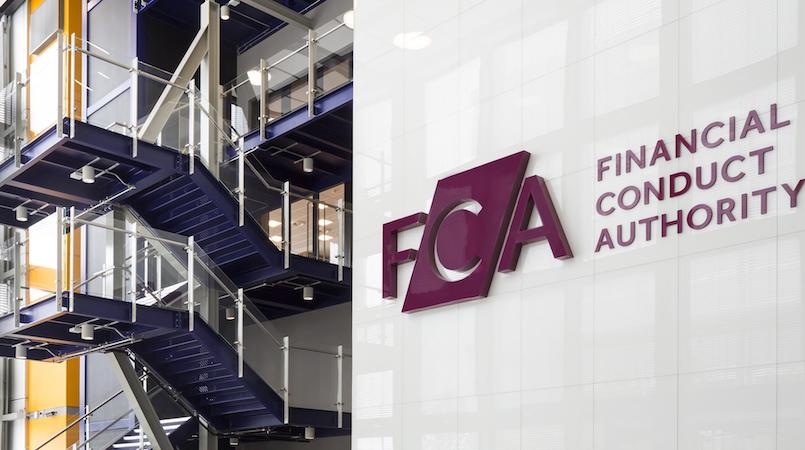In which case, deflation risk re-emerges and QE gets dusted off again. June’s weak US jobs data are ringing alarm bells. But, any comparisons that liken now to the 2008-2009 crisis look premature.
Activity levels are still improving, China’s growing strongly, Japan will reconstruct, and global inflation’s rising, backing up Bernanke’s assertion that deflation is no longer a “non-trivial risk”, and the Fed is now in “…a different position” to during the crisis [FOMC press conference, 22 June].
China and G5
China’s tightening is slowing its economy, but it probably won’t be allowed to trigger G7 recessions, given China’s interest in exports and political will for the status quo. As China’s food and commodity prices accelerate, inflation control is its main policy challenge. But, its priority remains maximising growth and employment, especially ahead of key personnel changes in 2012. And, should their 7%yoy GDP target be threatened, the authorities can again bring forward infrastructure spending and agricultural subsidies.
To make sure, G5 central banks and governments will support growth in 2012. With the pace of recovery uncertain, it’s just too soon for them to risk significantly higher bond yields. We can expect some tightening of conditions next year as crisis-level rates end and recoveries clip output gaps and fiscal deficits.
But, our ‘policy-looseness’ analysis suggests that, even in 2012, most G5 central banks will do no more than nudge real policy rates from negative to closer to zero, leaving overall policy positions way short of what’s normal by historical standards. US rate is minus 3%, not 0.25%
We have adjusted our analysis for the stimulative effects of US QE and QE2. We map the US’s total policy stimulus (monetary and fiscal) versus the OECD’s output-gap estimate. With Bernanke believing the stimulative impact of the $600bn part of QE2 was equivalent to about 75bp off the funds target rate, we proxy the full QE effect by adjusting real rates since 2009 when QE started.
On the basis that the cumulative $2.6trn in QE (buying of US Treasuries, Agencies, and MBS) has been equivalent to slicing some 325bp off the funds target rate, the US is thus running an effective nominal rate of not 0.25% but minus 3%!
A loose Fed
Our analysis illustrates just how loose US policy will be next year. Even if the Fed were to raise the funds rate by as much as 100bp, it would leave intact as much as half the crisis stimulus since 2007.
But, the environment for bonds is also changing. And, while we look for something closer to the relatively gentle yield-rises implied by forwards than the 1994 ‘bear leg’ when the Fed tightened aggressively and without warning, bond prices look more stretched – and especially when almost all benchmark yields in the US and UK are negative in real terms.
This raises doubt that international investors worried about a US downgrade will step in now the Fed’s stopped buying. And the eurozone crisis reminds us that bonds are no longer a low-risk asset.
So, with real policy rates negative and most governments deferring fiscal repair, consumers have more time to rebuild their balance sheets. And, the main risk, if they can’t do that at a time when the US is running an effective, QE-adjusted policy rate of minus 3% (about minus 6.5% in real terms), then the current ‘soft patch’ may prove to be as good as it gets.









